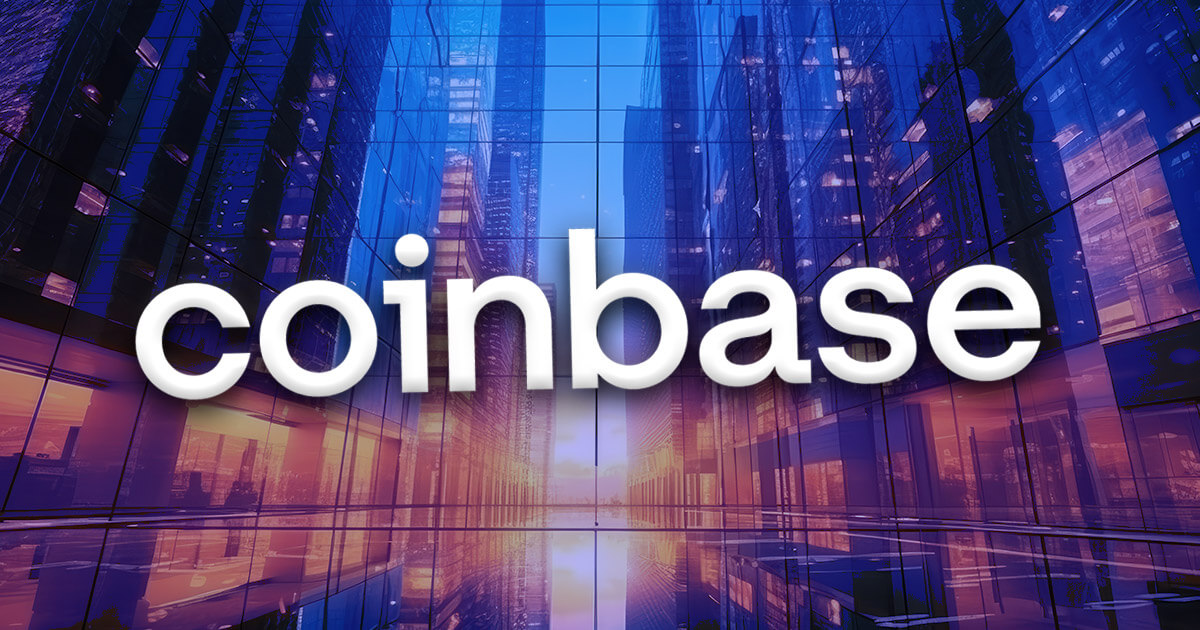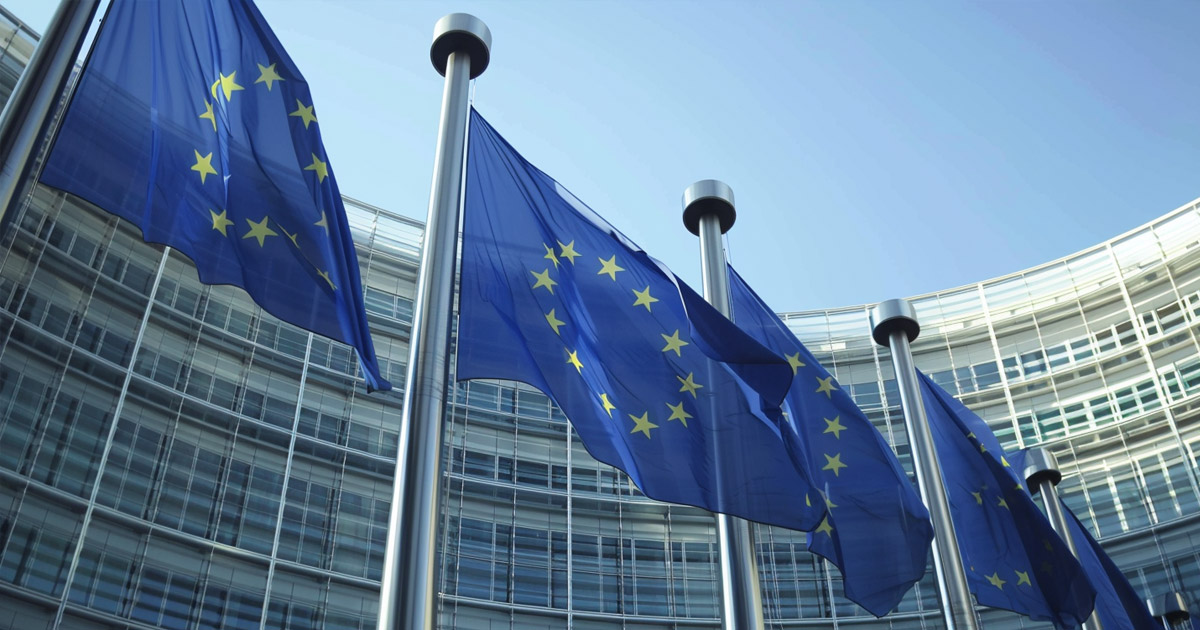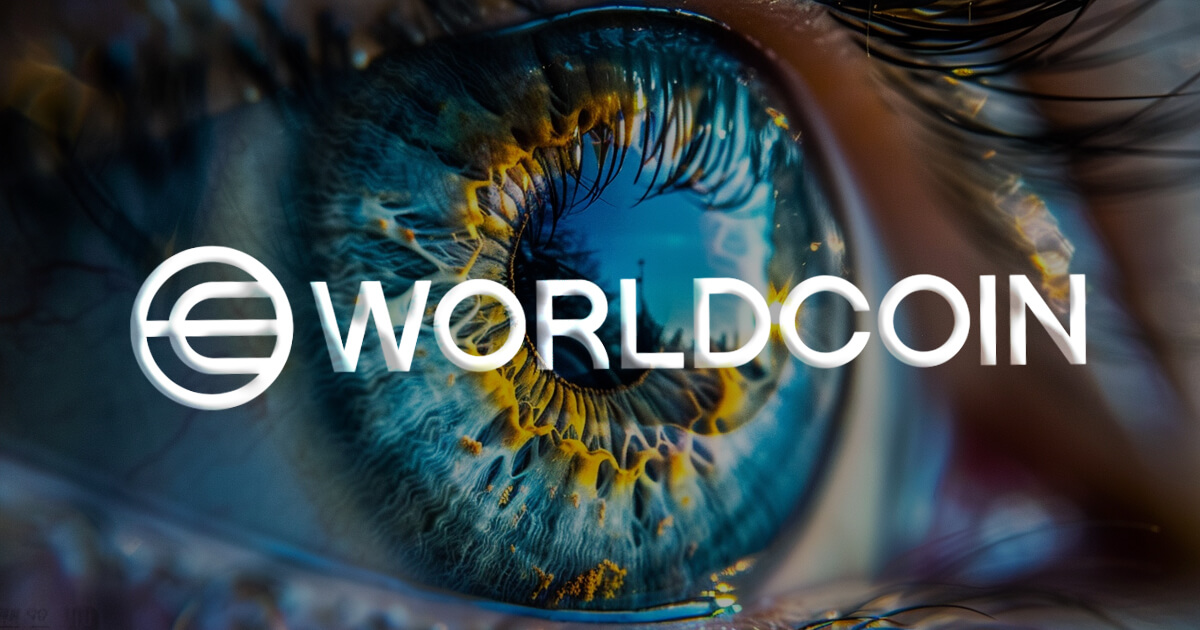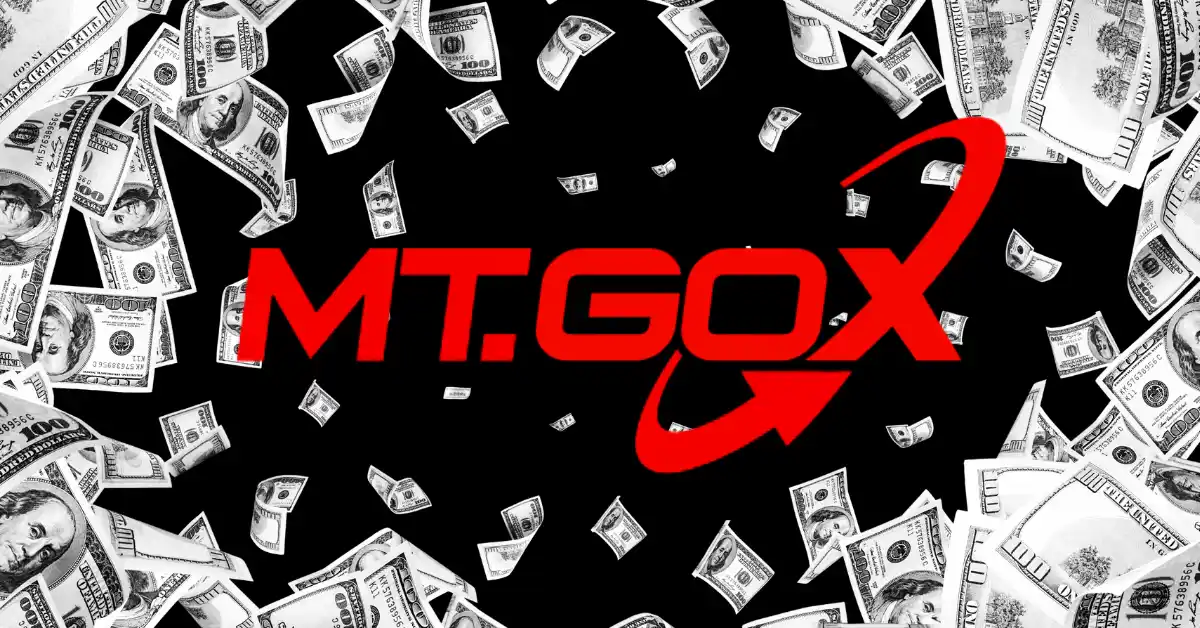On 15 February the European Commission announced the launch of the pan-European Blockchain Regulatory Sandbox for innovative use cases involving Distributed Ledger Technologies (DLT). The sandbox that was initially planned to become operational in 2021/22,
now started on 14 April 2023.
The sandbox comes amid reignited interest in blockchain technology across Europe, while the EU is working hard to implement blockchain and crypto regulation. But while innovation in the blockchain world is accelerating, proposed regulations are lagging behind.
This Sandbox is aiming to offer legal certainty for innovative use cases and will serve as a forum for discussion around 20 new projects each year until the year 2026. This should enable the upcoming European legislation to support innovation while protecting
consumers and avoiding legal and regulatory fragmentation in the EU.
In this blog we will investigate what this Regulatory Sandbox involves, what the various goals are, how it works and what it may bring.
What are regulatory sandboxes
Regulatory sandboxes are safe spaces for innovative institutions and activities underpinned by blockchain technology. They create a controlled real-life environment for businesses to test innovative technologies products, services or approaches, which are
not fully compliant with the existing legal and regulatory framework. They are operated for a limited time.
Sandboxes require instruments that provide legal flexibility, for example in the form of experimentation clauses (i.e. temporary rules allowing experiments to be conducted). In return, regulators require applicants to incorporate appropriate safeguards to
protect the market from risks of their innovative business.
The more room for manoeuvre is created by experimentation clauses and other instruments, the better the conditions for testing innovative technologies and business models.
The purpose of regulatory sandboxes is to learn about the opportunities and risks that a particular innovation carries and to develop the right regulatory environment to accommodate it.
Regulators thereby conduct their own preliminary research to develop a basic understanding of the new technologies, which also develops and gather expertise on the various risks associated with them to understand how the technology actually works.
The regulatory sandbox culminates in regulators the expertise required to draft practicable rules as they collaborate with innovators. It gives regulators a chance to figure out how they can make their laws that better fit the technology.
What is the European Regulatory Sandbox for Blockchain?
The European Regulatory Sandbox or testing environment for innovative blockchain use cases is an initiative of the European Commission. The Sandbox was first announced in September 2020, and is set up and will be operated by a consortium of legal experts
from Bird & Bird and its consulting arm, and
supported by blockchain experts and web-designers, which has been procured through an open call for tenders in 2022.
The Sandbox is further supported by the Digital Europe Programme, the EU funding programme focused on bringing digital technology to businesses, citizens and public administrations. The Sandbox will run from 2023 to 2026 and will annually support up to 20
projects with a cross border dimension.
One of its stated goals is the advancement of the European Blockchain Services Infrastructure (EBSI). EBSI is a partnership between
the European Commission and the European Blockchain Partnership, a pan-European blockchain that is managed by a coalition of EU countries, together with Norway and Lichtenstein, to foster the advancement of DLT in the region.
Why the European Regulatory Sandbox for Blockchain?
Pilots have shown a significant potential of blockchain applications, but at the same time new legal and regulatory challenges have become apparent. Legal uncertainty prevails as governance in decentralized innovative blockchain technology solutions remains
shared between many actors. Further, different blockchain structures and purposes give rise to different types of legal questions.
As a result regulators will be unable to draft requisite rules without blockchain industry cooperation. Since the development of new blockchain use cases and resulted decentralization will only increase, there is a unique urgency in implementing blockchain-native
regulation. There is a growing need to increase legal certainty through an enhanced and constructive dialogue between regulators and innovators for private and public sector use cases.
And here the Regulatory Sandbox comes in, by offering a trusted environment for regulators and providers of DLT technologies to engage.
Goal of the Regulatory Sandbox
The goal of the Regulatory Sandbox is to provide a pan-European framework for regulators, supervising authorities and blockchain innovators.
It will provide a facility for innovative private and public sector blockchain use cases to engage in regulatory dialogues on the most relevant regulatory issues with national and EU regulators and supervising authorities. Aim is to increase legal certainty
for innovative blockchain solutions and communicate best practices in the interest of the wider EU/EEA blockchain community.
The sandbox further aims to identify obstacles from a legal & regulatory perspective in a safe and confidential environment, remove regulatory and legal uncertainties for use cases based on decentralized solutions on blockchain and potentially in combination
with other technologies, such as Artificial Intelligence or Internet of Things. This in order to enhance the understanding of novel regulatory issues, increase legal certainty and contribute to the development of best practices
“This sandbox will provide legal certainty for decentralised technology solutions including blockchain by identifying obstacles to their deployment from a legal and regulatory perspective. It should also allow regulators and supervisors to enhance their
knowledge of cutting-edge blockchain technologies and share best practices through dialogues,”
the European Commission
Who may apply?
The European Blockchain Regulatory Sandbox that will operate for 3 years, will support 20 innovative use cases annually. The deadline for applications to participate in the first round of projects was April 14. Each applicant was allowed to submit one application
for a specific use case.
Companies should be based in the European Economic Area (EEA). Non-EEA based companies can be part of a consortium that submits an application as long as the applicant (and the use case leader if applicable) are located/established in the EEA. Applicants from
the public sector that have initiatives relating to the European Blockchain Services Infrastructure (EBSI) will be taken into consideration.
The sandbox is open for a broad range of innovative blockchain use cases from companies (including start-ups and scale ups) of all industry sectors established and operating in the European Economic Area as well as public entities. And with an emphasis
on topics that are of relevance across sectors and regions with a cross-border dimension.
Particular focus will be on areas of application where novel legal and regulatory questions arise. It may include use cases for data portability, business-to-business data spaces, smart contracts, digital identity, cybersecurity, consumer protection,
competition law, smart contracts and liability issues. In addition, projects may test sector-specific regulations, for example in health, environment, trade, mobility, energy, finance and more.
Priority will be given to more mature projects. The Sandbox is open to companies from all industry sectors and public entities for projects beyond a proof-of-concept stage and already close-to-market or at an early stage of being operational, involving amongst
other technologies the use of DLT.
Selection process
The selection process will be overseen by an impartial panel of independent academic experts from European universities. The selection of use cases will be based on criteria agreed with the European Commission. Use cases from the public and commercial sectors
that include Blockchain and other Distributed Ledger Technologies will be considered for the selection of projects. The qualification of the enterprises depends on staff headcount and turnover or balance sheet based on EU Commission recommendations.
There are separate lots for i) microenterprises, ii) small enterprises, iii) medium-sized or larger enterprises and iv) public entities. At least 5 use cases from each category that meet the eligibility test will participate in the Sandbox if sufficient
candidates are in the final shortlist.
They will be selected on the basis of the maturity of the business case, legal/regulatory relevance and their contribution to the EU’s wider policy priorities and matched with national and EU regulation. The selection process will thereby look for topics
that are relevant across sectors and regions, and where novel legal and regulatory questions are likely to arise.
Use cases chosen for deployment between public authorities in the European Blockchain Services Infrastructure (EBSI) – will have priority but annually up to 20 use cases with a cross border dimension can participate as well. EBSI use cases that are proposed
by the European Blockchain Partnership (EBP) are automatically qualified to participate in the sandbox if they submit an application before the end of the application term and fall within the category of public entities.
How does the Sandbox work
The Regulatory Sandbox will match up public and private sector projects with the appropriate participating national and European Union regulators for assessments and consultations.
Test environment
The Sandbox will open the way for start-ups to test new products and services, and to get feedback from the relevant regulators. Regulatory questions may concern any area of law. This new testing environment will give blockchain start-ups the chance to talk
to regulators before they put products on the market.
Companies participating in the Sandbox may demonstrate their innovative solutions and highlight their needs regarding regulatory guidance and legal certainty to regulators and supervisors in a safe and confidential environment
Regulatory dialogue
In relation to individual use cases the Regulatory Sandbox establishes a pan-European framework for constructive regulatory dialogues to increase legal certainty for innovative blockchain solutions. In these dialogues, that will be held across industry sectors
and geographic regions, use case developers can present their business case to receive comprehensive legal guidance and advice from regulators in a safe and confidential environment. Regulatory questions may concern any area of law.
The law firm Bird & Bird thereby acts as a facilitator, sets up a safe interface between developers and regulators and provides legal advice to selected blockchain use cases. In addition to specialist legal and regulatory advice, blockchain companies participating
in the sandbox will have the opportunity to discuss regulatory questions that are relevant for them.
Best practice reports
These dialogues will help to identify and exchange best practices and lessons learned in the interest of the wider EU/EEA blockchain community.
Participating regulators and supervising authorities will have an opportunity to contribute to the development of lessons learned at the intersection of innovation and regulation. The experience and lessons learned in the Sandbox will be shared between participating
regulators, helping the Commission to identify best practices.
The experience and lessons learned will be summarized in best practices reports that will identify regulatory and legal issues and solutions with a focus of sharing insights and lessons learned across sectors. All business confidential information, contained
in the applications and shared in the course of the operation of the sandbox will be kept confidential
What may the EU Regulatory Sandbox bring
The Regulatory Sandbox may bring a number of benefits for both regulators and companies.
First of all they enhance communication between innovators and regulators since entrepreneurs can freely discuss regulatory issues (cooperate and exchange experiences) that have arisen for a specific use case on a national level in a cross border setting
with other EU and national regulators in an unrestricted way.
Regulators and supervising authorities may learn about major risks before while the Regulatory Sandbox also helps identify any legal or regulatory obstacles that could potentially be hindering development and adoption.
Participating regulators and supervisors will have the opportunity to enhance their regulatory understanding and knowledge of innovative blockchain solutions. This knowledge exchange increases a regulator’s expertise on blockchain, which furthers rules that
make compliance possible.
The inclusion of a Sandbox is especially noteworthy as it will allow regulators to stay up to date on the latest advancements in the blockchain industry and make informed decisions about how best to regulate them.
That may be of great help to come up with regulation while stimulating innovative blockchain solutions and share best practices through dialogues. This will ultimately increase legal certainty and provide a more favourable environment for innovative blockchain
solutions to thrive.
This EU regulatory sandbox is an important first step towards promoting beneficial innovation in the blockchain space based upon an in-depth exchange between innovator and regulator.
It will also help Europe reach its ambition for digital leadership in the Digital Decade, as reducing the legal uncertainty around blockchain will enable its uptake across sectors.
Regulatory blockchain Sandbox and other sandboxes
The European Blockchain Regulatory Sandbox is focused on innovative blockchain applications across industry sectors covering a broad range of regulatory and potential legal issues,
Given the increasing convergence of innovative technologies in use cases often involving several industry sectors such as IoT, AI and others there is a close collaboration in the EU between the various initiatives that are complementary and reinforce each
other to make sure that experiences and insights are shared and synergies are leveraged.
Blockchain use cases that have been onboarded through the European Blockchain Regulatory Sandbox can be connected with relevant financial supervisors through the EU Digital Finance Platform and the Artificial Intelligence Sandbox in pertinent use cases.
Forward thinking
The Regulatory sandbox for Blockchain does not aim to deregulate or reduce safety and protection standards. On the contrary, there are many areas in which there is legal uncertainty and for which meaningful legislation has yet to be created.
The clear aim is to use this Regulatory Sandbox not only to create areas for testing new products and business models, but also to actively develop the regulatory environment .
The Sandbox may allow legislators to gain knowledge for creating regulation thereby helping to develop an appropriate legal and regulatory framework that anticipates further blockchain developments in the future in such a way that it can keep up with the
pace of innovation, without sacrificing useful and necessary standards.
Credit: Source link














































